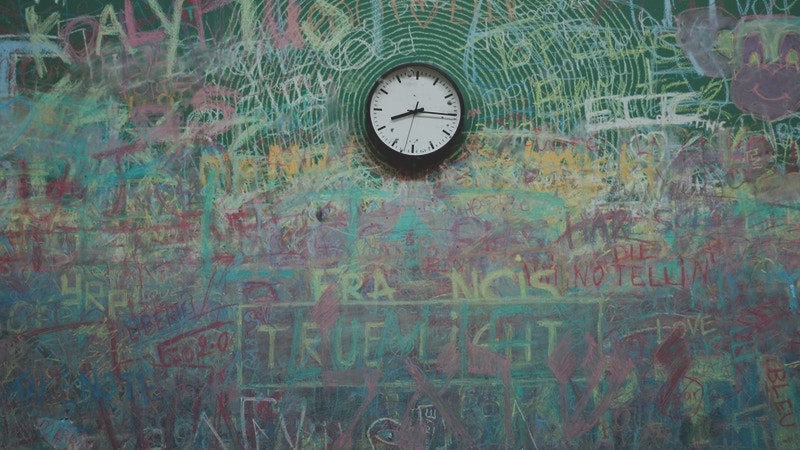When and Where to Be Most Creative
Episode #2 of the course How to unleash your creativity by Jurgen Wolff
In the previous lesson, you found out how to have a creative mindset and the basic elements of the creative process. In this lesson, we look at the times and locations that research tells us are best for generating creative ideas.
The Best Time of Day to Be Creative
A study reported in the journal, Thinking and Reasoning, showed that some people’s intuition about when they are most creative is wrong: Some who felt more creative in the evenings actually did better in the morning, and some who thought they were most creative first thing in the morning did better in the evening.
Try both evening and morning brainstorming sessions a few times and see what works best for you.
Where to Be Creative
Below are several ideas that will help you choose the best location for generating creative ideas.
Your creative location. Remember Pavlov and his dogs? The scientist rang a bell at the same time he fed the dogs. After a while, the dogs started salivating when he rang the bell, even if no food was present. Similarly, if you consistently do creative work (and nothing else) in one location, you will find it easier to be creative as soon as you go there.
Even if it’s only a small desk or a particular chair, set aside one location that you use only when you want to be creative.
Coffee shops. Common sense would suggest that being distracted is a bad thing for creativity. But according to Scientific American, “Susceptibility to ‘distraction’ can be of benefit. [There are times when] we are less focused, and may consider a broader range of information. This wider scope gives us access to more alternatives and diverse interpretations, thus fostering innovation and insight.”
The mild level of distractions in a coffee shop may be why so many people like writing or brainstorming there. You can create some of the same ambiance at home, via the free site Coffitivity.com, which plays the background noise of a coffee shop. Alternatively, you may want to experiment with the free app, SimplyNoise (available for Apple and Android). It generates “white noise,” a kind of rushing sound that many people find useful in the same way as coffee shop background sound.
Nature. Studies support the idea that you’re more creative after a period of time out in nature. In an experiment conducted at the University of Kansas, after spending four days in nature, a group of hikers scored almost 50% better on a creativity test than a similar group that was tested before going on a hike.
Even getting out into nature for a shorter period can be helpful. According to researcher David Strayer of the University of Utah, “If you’ve been using your brain to multitask—as most of us do during the day—and then you set that aside and go for a walk, without all the gadgets, you’ve let the prefrontal cortex recover. And that’s when we see these bursts in creativity, problem-solving, and feelings of well-being.”
Studies also confirm the power of walking. In a paper in the Journal of Experimental Psychology, the researchers conclude that “walking opens up the free flow of ideas, and it is a simple and robust solution to the goal of increasing creativity.”
Shower. A study by Scott Barry Kaufman showed that 72% of us get creative ideas in the shower—more than at work! Specifically, he writes that “the relaxing, solitary, and non-judgmental shower environment may afford creative thinking by allowing the mind to wander freely, and causing people to be more open to their inner stream of consciousness and daydreams.”
Now you have some fresh ideas for where and when you can be most creative. In the next lesson, you’ll discover how thinking differently can double the number of creative ideas you have.
Recommended reading
Think on Your Feet: Walking Boosts Creativity
How Nature Can Make You Kinder, Happier, and More Creative
The Inspiration Paradox: Your Best Creative Time Is Not When You Think
Recommended book
Share with friends

